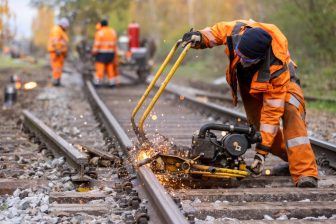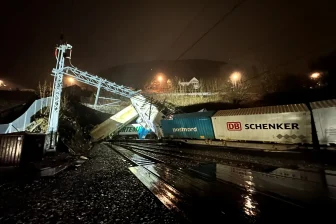
675 kilometres of French tracks to be overhauled from 2024 onwards
Image: VINCI Construction/ETF
Starting in 2024, some 675 kilometres of the French railway network will be renovated. Over a period of five years, VINCI Construction subsidiary ETF will be replacing 135 kilometres of track annually, the group announced on Tuesday.
Want to read more?
You have read all of your free premium articles for this month. Please become a subscriber to keep reading.
Subscribe now!
Take advantage of our exclusive offer to get full access to all premium content.





Hm…, just “overhaul”, evidently no upgrading…
Otherwise, contemporarily, global devices, by air and by sea, etc., decisively upgrade for higher load capacity, for lower costs, etc…
As well railways should. At infrastructure, for transports, quality pays – and in particular at railways, by nature the vulnerable device, where risks are most costly.
(32,5 safely allowed axial load should be min. etc., etc.)